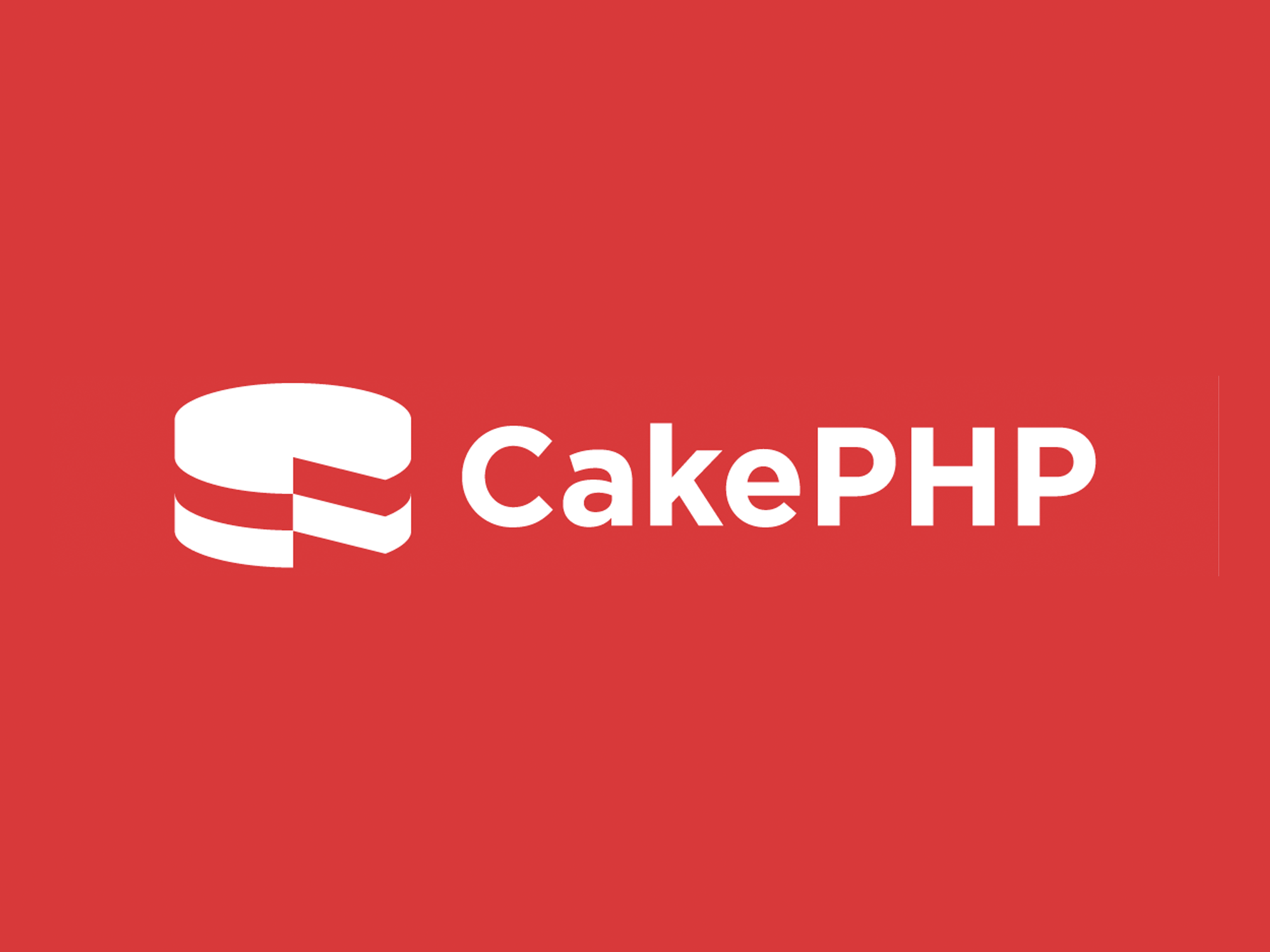Exploring CakePHP: A Comprehensive Guide to a Powerful PHP Framework
 Cafer Kara
Cafer Kara
CakePHP stands out as a robust and feature-rich PHP framework that facilitates the rapid development of web applications. With its convention over configuration paradigm and a plethora of built-in tools, CakePHP empowers developers to create scalable, secure, and maintainable applications. In this article, we'll delve into the key features, architecture, and benefits of CakePHP.
Understanding CakePHP:
MVC Architecture: CakePHP follows the Model-View-Controller (MVC) architectural pattern. This separation of concerns makes code organization more intuitive and enables developers to work on different components simultaneously. The model handles data logic, the view manages the presentation layer, and the controller orchestrates the interaction between the two.
Convention over Configuration: CakePHP adopts the convention over configuration principle, which means that developers can leverage default configurations while having the flexibility to override them if needed. This reduces the need for explicit configuration files, making development faster and more straightforward.
Built-in ORM: CakePHP features an Object-Relational Mapping (ORM) system that simplifies database interactions. Developers can work with databases using a convenient and expressive syntax, allowing for efficient data manipulation without the need for complex SQL queries.
Scaffolding: CakePHP's scaffolding feature enables the automatic generation of basic CRUD (Create, Read, Update, Delete) functionality for database tables. This feature is particularly useful in the early stages of development, allowing developers to quickly set up a functional prototype.
Security Features: CakePHP prioritizes security with built-in measures to prevent common web vulnerabilities. These include protection against SQL injection, cross-site scripting (XSS), and cross-site request forgery (CSRF). Security components and helpers further enhance the framework's overall security posture.
Flexible Templating: The framework includes a templating engine that allows developers to create dynamic and reusable templates. These templates are easily customizable and contribute to the overall efficiency of web development.
Benefits of CakePHP:
Rapid Development: CakePHP's conventions and built-in functionalities significantly accelerate the development process. Developers can focus on application logic rather than spending time on repetitive tasks.
Community Support: Being an open-source framework, CakePHP boasts an active and supportive community. Developers can access a wealth of resources, forums, and documentation to troubleshoot issues and enhance their understanding of the framework.
Scalability: CakePHP's modular design and adherence to best practices make it scalable for projects of varying sizes. As applications grow, CakePHP remains flexible enough to accommodate increased complexity and requirements.
Testing Capabilities: CakePHP facilitates unit testing and integration testing through its testing suite. This ensures the stability and reliability of applications, making it easier for developers to catch and address issues during development.
Easy Integration: CakePHP can seamlessly integrate with other libraries and frameworks, providing developers with the flexibility to use third-party components when needed. This makes it easier to incorporate specific functionalities into CakePHP applications.
Conclusion:
CakePHP stands as a powerful PHP framework that combines convention over configuration with an MVC architecture, promoting rapid development and code maintainability. With its security features, built-in ORM, and active community support, CakePHP remains a preferred choice for developers seeking efficiency and scalability in their web applications. As technology continues to evolve, CakePHP is poised to adapt and empower developers in the ever-changing landscape of web development.
Subscribe to my newsletter
Read articles from Cafer Kara directly inside your inbox. Subscribe to the newsletter, and don't miss out.
Written by
